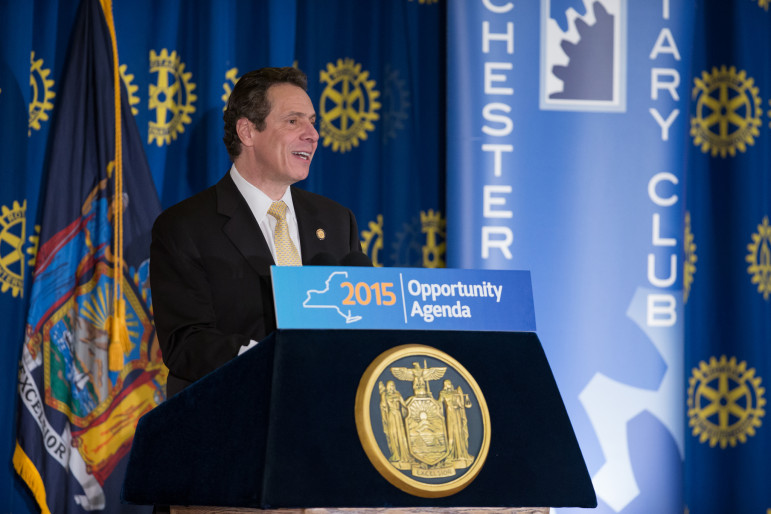
Office of the Governor
In addition to the clear fiscal policy case for supportive housing, Cuomo's strong record of working for the right to housing for all citizens would seem to put him on the side of those wanting to build a lot of it.
Editor’s Note: The original version of this op-ed made a reference to reporting by the Furman Center. That was a reporting error that has been removed from the article.
Earlier this month, Bill de Blasio spoke out against Governor Cuomo for his lukewarm support for a housing program serving New York’s most vulnerable citizens, drawing attention to a critical, yet often ignored, program.
New York City historically has been a leader in progressive policies that provide housing and services through a series of city-state agreements. As governor, Mario Cuomo introduced the first of a series of historic “New York/New York” agreements between the city and the state to address this problem. The third and most recent “NY/NY” agreement, passed in 2005, funded a housing program for those suffering from issues related to mental illness, HIV/AIDS and substance abuse.
New York City has 58,000 residents living in homeless shelters and there are 25,000 applications for supportive housing each year, and growing. The most recent city-state supportive agreement, NY/NY III, allocated funding for 9,000 units, of which only 117 remain.
However, despite the overwhelming success of the program, it is in danger of being underfunded. The current Gov. Cuomo proposed funding for 5,000 units of housing, 3,800 of which would be in the city. That’s well short of the 30,000 units for which advocates were hoping.
“The funds he included for NY/NY for housing for the homeless are important,” de Blasio said in his speech, “but not nearly equal to the enormous needs.”
Over the past 24 years, NY/NY I, II, and III have created 30,000 units of supportive housing, making New York the national leader in providing care to the most vulnerable—and placing it at the forefront of fulfilling the internationally-recognized human right to adequate housing.
Supportive housing comprises both permanent housing and onsite services for the formerly homeless who might not, for both physical and mental health reasons, be able to manage independently. Tenants receive a stable home and the services they need to lead fulfilling lives. Numerous studies, including a December 2013 report from the NYC Department of Health and Mental Hygiene, indicate that supportive housing reduces the costs of care, saving the government money in avoided public expenditure on Medicaid, shelters, jails and psychiatric hospital care.
The financial and social success of the supportive-housing program is all the more remarkable due to the heterogeneity of the needs supportive housing tenants have. In a political climate that is unfriendly toward financing for social services, supportive housing stands out as a shining example of public policy success.
In addition to the clear fiscal policy case for supportive housing, Cuomo’s strong record of working for the right to housing for all citizens would seem to put him on the side of those wanting to build a lot of it. Early in his career, he founded Housing Enterprise for the Less Privileged, then was chairman of the New York City Commission on the Homeless in the Dinkins administration before serving as secretary of Housing and Urban Development under the Clinton administration.
Cuomo’s reluctance is just one of the hurdles facing an expansion of supportive housing. New York City has a unique “right to shelter” that emerged from the Callahan v. Carey lawsuit. While the right to shelter is an important victory, in another sense, it created a problem that is more difficult to diagnose. Merely sheltering residents does not address the more fundamental problems that affect some (though not all) homeless people. The right to shelter is not a right to housing, as it merely provides an emergency stopgap rather than the tools to meaningfully address the causes of homelessness.
The Department of Homeless Services now spends $1 billion every year just to provide shelter. This money must be allocated every year—and demand continues to increase as economic hardship squeezes more families out of other programs and into the purview of this agency. While it’s difficult to know the precise amount, it is inevitably the case that a large portion of this cost to the taxpayer of supporting shelter could be avoided with a more intelligent subsidy system that took advantage of the obvious value of supportive housing.
On top of these fiscal challenges to supportive housing, there is often resistance from local communities to siting supportive housing in their neighborhoods. Before beginning work on a development, would-be supportive housing developers must get approval from local community boards.*
While there are significant costs to providing the level of subsidies necessary to meet citizens’ needs, as Nicole Branca, the Deputy Executive Director of SHNNY put it, “doing nothing is not free.” The current shelter-dominated approach to addressing homelessness does not effectively address the real problem, which is growing. A 2010 review found that in that year alone there were 113,553 different homeless individuals in the shelter system—nearly half of which were children. Supportive housing, a solution with significant upfront costs but proven to be cost-saving in the long run, is in danger of being sacrificed in short-sighted political horse-trading.
Cuomo should not lose sight of his legacy of working for durable housing solutions for the most vulnerable. And, although the governor has gone out of his way to stress that he is not his father, the architect of the original NY/NY agreements, perhaps he would do well by the taxpayer to emulate him in at least one way.
* CORRECTION: The original version of this op-ed reported that the Furman Center had “deemed illegal” aspects of the system for approving supportive housing developments. That was a reporting error, which we regret.



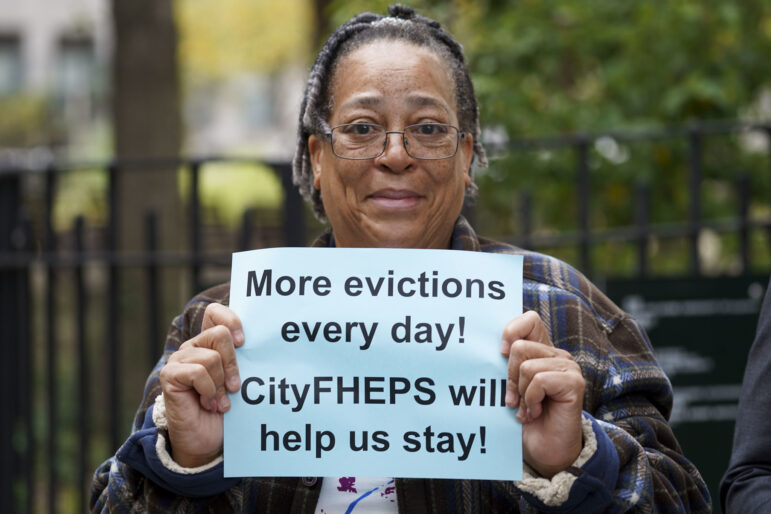
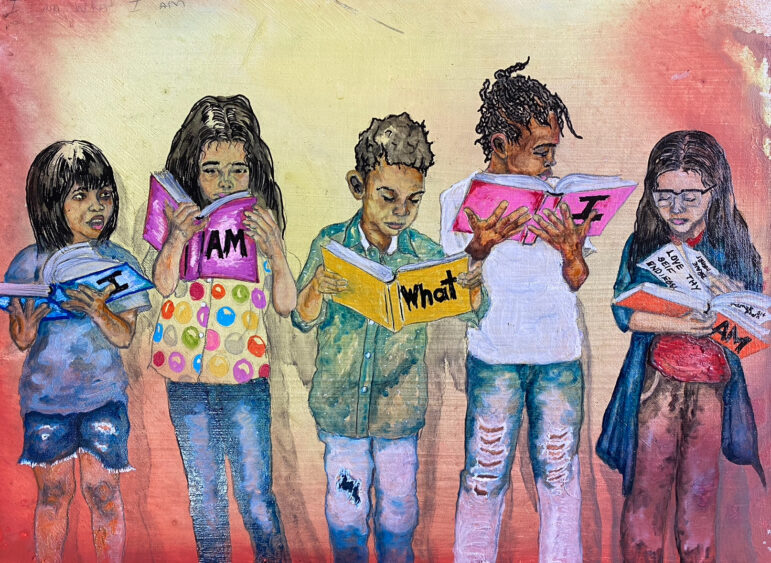
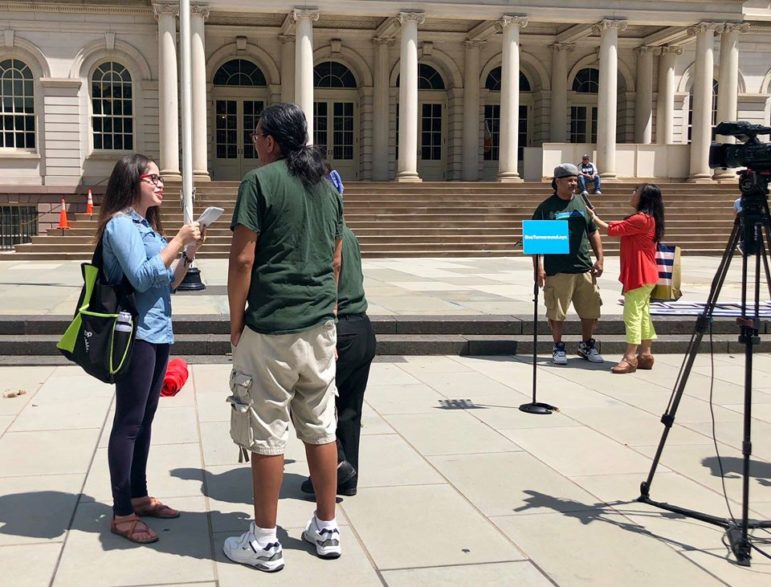
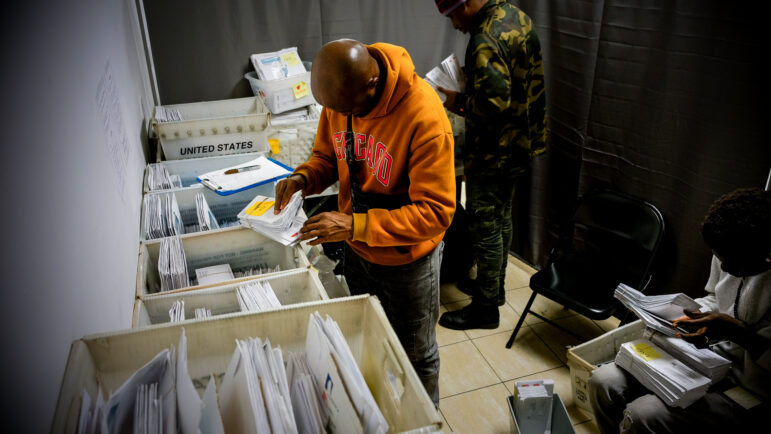



One thought on “Cuomo Must Back Program to Truly Address Homelessness”
Cuomo only does what his donors at REBNY want. He’s been bought.